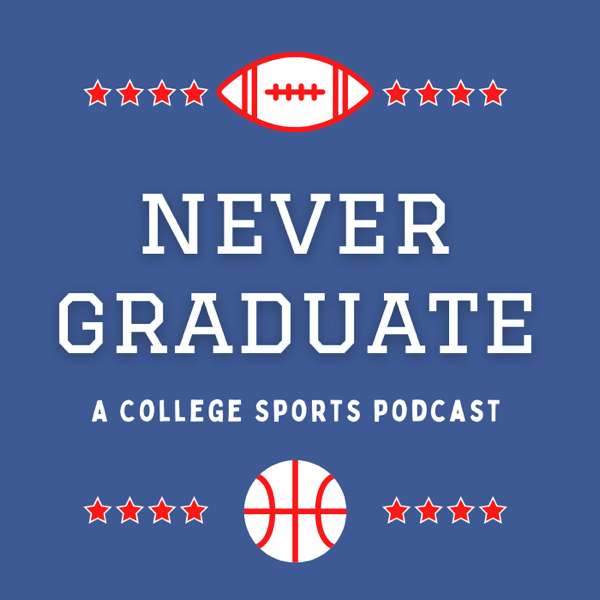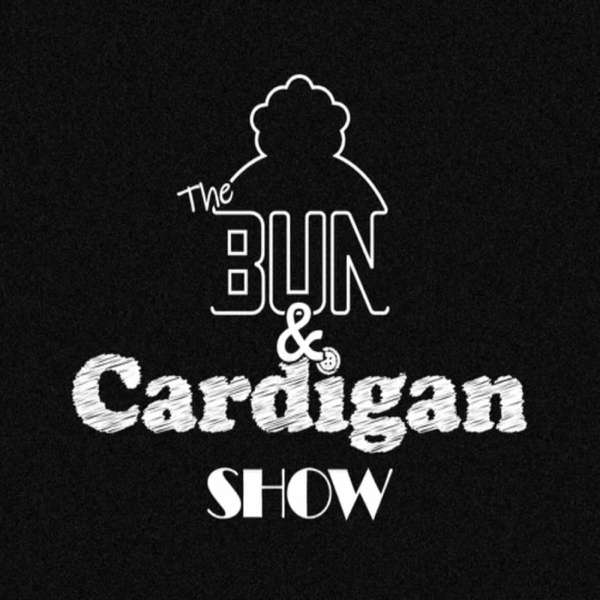Something that I try to impress on my kids is the importance of being able to admit when you are wrong and make a change. Too often we spend our time trying to justify why we do what we do rather than trying to challenge it and see if it holds up.
But that isn’t how we grow. There is a saying about how there is a difference between 10 years of experience and the same year of experience repeated 10 times. For too many people they end up repeating the same things over and over and never really grow or gain experience.
One of the areas in my life where this is most apparent is training. I’ve been working out for over 35 years, I’ve been a professional trainer for over 20 years and I’ve been working with mountain bikers since 2005. And in that time you better believe that I’ve made some mistakes and learned some valuable lessons.
In this podcast I wanted to share some of those lessons with you. Hopefully you can learn from some of these mistakes and avoid the same problems I ran into.
You can stream this episode or download the MP3 file by clicking the link below. You can also find the podcast on Itunes, Podbean, Spotify and all other major podcasting platforms.
You can also read a summary article from the notes for the podcast below…
Not doing any “isolation” or “bodybuilding”/ Focusing too much on “functional training”
I’ve talked about this a lot lately but something I’ve been doing more of in the last few years is more isolation and bodybuilding type training.
I came up at an interesting time in the strength and conditioning field where we were making the switch from bodybuilding to Functional Training. The problem is that you need “isolation” exercises - which build isometric strength and joint strength - and you need bodybuilding type training to build and hold onto muscle mass.
You can train like a bodybuilder and still be functional if you are doing other stuff outside of the gym. Plus, as you get older muscle mass becomes a valuable commodity and needs to be trained for.
Using too much unstable surface training
This is one I haven’t been using for a while but back in the day I was really into unstable surface training.
I was around when the Swiss Balls first got introduced to the fitness field through a guy named Paul Chek. The rationale behind UST seemed good and I ended up with every size Swiss Ball you could get and used them for just about everything.
The problem was that I couldn’t get strong or add size, I just got better at balancing on things while lifting weights. Several studies have shown that UST lowers motor unit recruitment, results in lower strength and muscle gains and have very limited carryover to other activities.
In other words, it may look cool on Instagram but the results are lacking.
Giving too much weight to strength training
This is a common mistake with new strength coaches.
I had seen how getting stronger had helped me and so it made sense that getting stronger would make you a better athlete. I had literally tried to talk some of my athletes into skipping sport training so they wouldn’t miss strength training.
The problem is that strength training is only the most important thing you can do if you are really weak, and even then your sport training should still take precedence. The only thing that will make you a better mountain biker is time on the bike and strength training is supposed to support that, not take away from it.
Thinking that Long Slow Distance training was a waste of time
This is a bit of a tricky one because context matters a lot here.
One of the first things I got known for in the MTB world was advocating for the use of High Intensity Intervals instead of Aerobic Base Training for MTB. Back in 2005 this was unheard of since roadie training programs dominated the scene.
A lot of riders who followed these programs felt that they weren’t actually in shape for training riding when the season started and they had to ride themselves into specific MTB shape for a few weeks. Something else that we observed was that riders from areas where they could ride trails year round (SoCal and Australia for example) were some of the best in the world.
Riding counts as cardio training and doing so much distance riding on a road bike that you don’t get time on your mountain bike isn’t the best idea. But if you aren’t trail riding much then you do need to have some distance training in your program.
Long Slow Distance training is also good for recovery and your basic metabolic health.
So if you are getting several hours of riding in each week then you can use LSD for recovery and if you aren’t then you need to have it as part of your overall cardio training program.
Changing exercises too often
Something that carried over from Bodybuilding to Functional Training was the idea of “muscle confusion” or the need to change your exercises on a frequent basis so the body couldn’t fully adapt to what you were doing, which was supposed to keep you from hitting a plateau and seeing constant improvements from your training.
In fact, one style of training emerged that became very popular - Crossfit - which was based on this idea to the extreme and you never repeated the same workout twice in a row. Even for those of us who subscribed to the idea that you needed more consistency than changing things every day I still would change exercises every 4 weeks.
While the theory behind it seemed solid, science and real world evidence suggest that there is a middle ground that is much longer than most of us realize.
One thing that changed my thoughts on this was when I did Jim Wendler’s 5-3-1 Program and saw that NOT changing exercises very often had benefits as well. The 5-3-1 Program is a powerlifting program that has you doing the same basic exercises for months at a time.
Change comes from how you cycle the weights and reps in a very specific way in order to increase your strength in the lifts. The fact that you don’t change exercises means that you get a lot of practice with the lifts, which also helps with building strength.
Eventually you run into a wall with your progressions and have to switch things up but that takes months, during which you are doing the same basic exercises but still seeing results, which shouldn’t happen if you needed to change exercises to keep progress coming.
It turns out that you should run on at least a 6-8 week cycle to get the most out of an exercise.
Now I’ll pick a core exercise for each of the 4 basic movement patterns (push, pull, hinge and squat) and do an 8 week cycle with them. I’ll have other exercises that I do that I will change up after 4 weeks if I’m maxing out on them or if I just want to do something new.
I’ll start out well under my max effort and build momentum into those max efforts in the final weeks of the cycle. I’ll end with a deloading week where I cut back on the sets and reps but try to get at least 90% of my max lift for the movement in week 8.
Changing exercises is entertaining and it makes you feel sore but it doesn’t allow time for you to really get the most out of the exercises. IMO, it’s also safer and easier on the joints since your body gets a chance to get used to the exercises and find a groove for them, which feels safer and easier than grinding through new lifts all the time.
Discounting the value of stretching
Stretching became a bit of a dirty word in the Functional Training world due to some studies that showed a decrease in strength and power immediately following static stretching. The cool thing to do was “mobility training”, which tended to focus on movements through a joint's range of motion.
While helpful, I’ve found that mobility training can’t fully replace static stretching.
Stretching isn’t about trying to lengthen muscles or loosen joints, it is about being able to relax into positions and working on getting deeper into your range of motion until you are in the range you need for function and safety. For me it is also a form of breathwork since you use my breathing to help me relax and get deeper into my range of motion.
Mobility training helps with being able to move through and control your range of motion and stretching seems to help you improve and maintain it better.I recommend picking a basic stretch for the major muscle groups and hold them for either 15-20 seconds or for 5 breaths.
Focus on using your breathing to help you relax - if you don’t get any deeper but your breathing is more relaxed then you have accomplished something important.
Overhyping kettlebells
This is going to sound sacrilegious so let me explain what I mean by this.
Kettlebells are a great training tool and I still use them a lot in my training. I just went so far down the kettlebell rabbit hole that I started to discount the value of other training tools, especially the dumbbell.
The truth is that you can do everything you can do with a kettlebell using a dumbbell, plus you can do some things you can’t do as easily like Cheat Curls. Some exercises like the Single Arm DB Snatch are also easier to do than the KB version of the exercise.
I also find that pressing exercises with the KB hurt my elbows - I know, it doesn’t make sense until you’ve abused your elbows like I have - and so using DBs makes it possible to lift more weight and do it more comfortably for my joints.
Finally, you can get a good pair of adjustable dumbbells for a few hundred dollars - I recommend and use the PowerBlock style - while getting pairs of KBs costs more and takes up more space, making DBs a great option for smaller spaces.
I still use KBs for swings, lower body lifts and rowing exercises as I find them to be great tools for these purposes. I just find that some people think that using dumbbells is somehow inferior to kettlebells and that is simply not the case.
Until next time…
Ride Strong,
James Wilson
p.s. BTW, I have a DB program that uses the best MTB specific dumbbell exercises and combines it with the concepts I talked about in the 5-3-1 program. You stick with the same exercises but cycle the weights over the 12 weeks to build strength and efficiency in the movements that really help on the bike.
This is one of my best programs for riders who are new to strength training or just want a super simple, highly effective workout program using a pair of dumbbells. And as a bonus, if you purchase the MTB DB Conditioning Program this week I’ll send you a free copy of my Guide To Better Breathing For MTB. Just send me an email with your receipt and I’ll get it to you.
Click on the link below to learn more and get your copy of the DB Conditioning Program today. This was the first program I sent to Aaron Gwin when we started working together and if it can help him ride faster then I’m sure it can help you too!
MTB DB Conditioning 12 Week Program

 Our TOPPODCAST Picks
Our TOPPODCAST Picks  Stay Connected
Stay Connected







